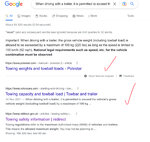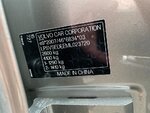- May 20, 2022
- 12
- 1
- 15
Just changed my Subaru for a 2018 XC60 D5. Anyone know what the recommended tyre pressures are for the XC60 when towing a caravan, max laden weight 1500kg, nose weight 90kg.
Subarus have a specific recommendation for the outback. Can’t find anything specific in Volvo documentation. Just want an idea what other people are using/where to start.
Subarus have a specific recommendation for the outback. Can’t find anything specific in Volvo documentation. Just want an idea what other people are using/where to start.




